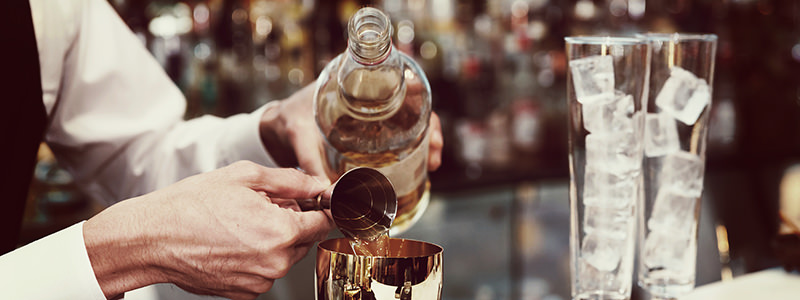It seems every bar is a “craft cocktail” bar these days, showcasing “artisanal” this and “hand-crafted” that. While we can agree that the definition of a craft cocktail is flexible to an extent, branding yourself as a craft cocktail bar gives you license to be pricy. Like, upwards of $10 a drink pricy. We have no problem shelling out big bucks for good stuff, but if you’re going to be plonking down that much dough, shouldn’t you be certain that what you’re drinking is the real deal? Moreover, with so many excellent craft cocktail bars all over America, you shouldn’t waste your precious drinking time on places that miss the mark. Here’s how to tell if that “craft cocktail bar” is actually an entirely different animal.
There Are No Liqueurs
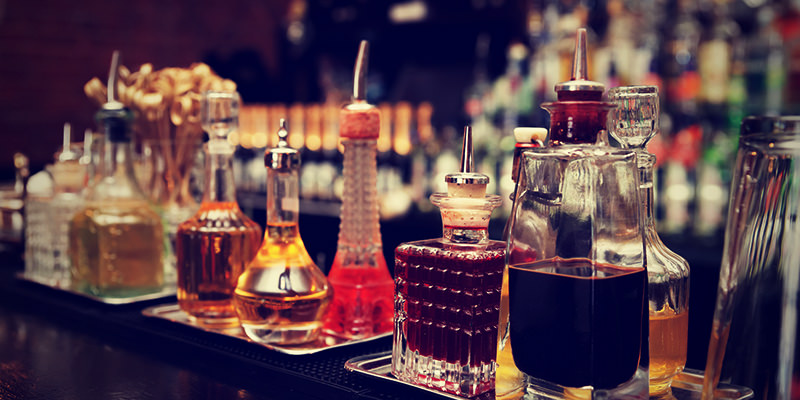 By no means does every cocktail require a liqueur, but if there isn’t at least one cocktail with this key ingredient, run. Liqueurs/cordials add flavor, complexity, and uniqueness to classic and original cocktails alike. That means that if they’re missing entirely from the menu, this so-called craft cocktail bar can make neither dozens of traditional cocktails nor a variety of OG cocktails. The same goes for bitters.
By no means does every cocktail require a liqueur, but if there isn’t at least one cocktail with this key ingredient, run. Liqueurs/cordials add flavor, complexity, and uniqueness to classic and original cocktails alike. That means that if they’re missing entirely from the menu, this so-called craft cocktail bar can make neither dozens of traditional cocktails nor a variety of OG cocktails. The same goes for bitters.
You See A Tropicana Carton
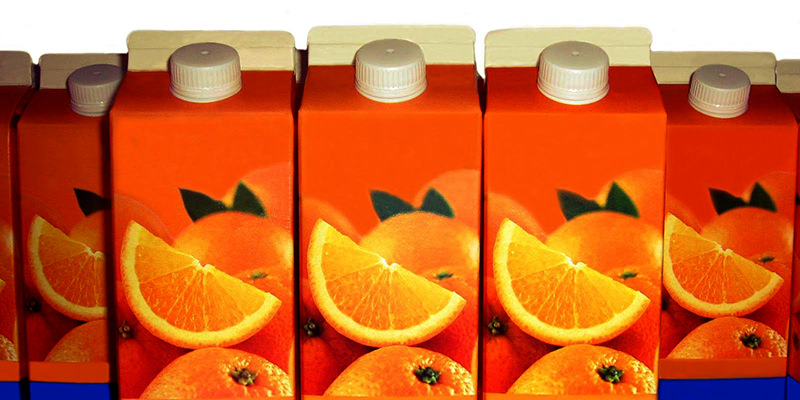 An oft-used phrase in the craft cocktail world is “fresh juice,” because one of the ideas behind the craft cocktail movement is creating drinks that have culinary value. Would you use low quality meat in a $70 steak? Of course not – so why would you use sub par ingredients in a craft cocktail? You wouldn’t. So if you see Ruby Red, exit the premises.
An oft-used phrase in the craft cocktail world is “fresh juice,” because one of the ideas behind the craft cocktail movement is creating drinks that have culinary value. Would you use low quality meat in a $70 steak? Of course not – so why would you use sub par ingredients in a craft cocktail? You wouldn’t. So if you see Ruby Red, exit the premises.
There’s Only Well Booze
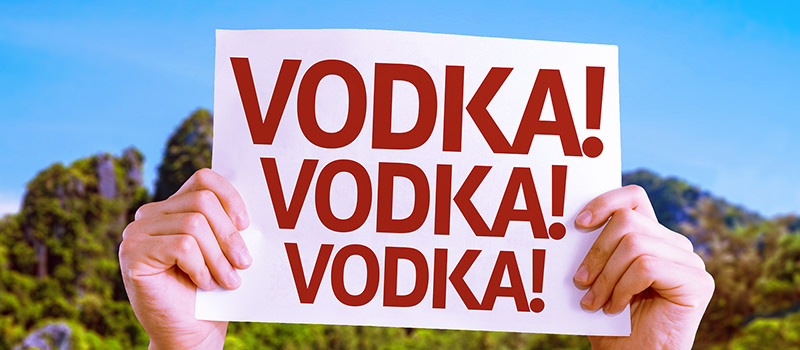 On that note, if the only available spirits are Pinnacle vodka and Jack Daniels, congratulations! You’re in a dive bar. Now ask for your ten dollars back. We’re not saying every craft cocktail bar has to have a thousand types of gin, but there should be at least two choices for each spirit, and at least one of those should be top shelf quality.
On that note, if the only available spirits are Pinnacle vodka and Jack Daniels, congratulations! You’re in a dive bar. Now ask for your ten dollars back. We’re not saying every craft cocktail bar has to have a thousand types of gin, but there should be at least two choices for each spirit, and at least one of those should be top shelf quality.
Your Bartender Can’t Make You A Negroni/Gimlet/Old Fashioned
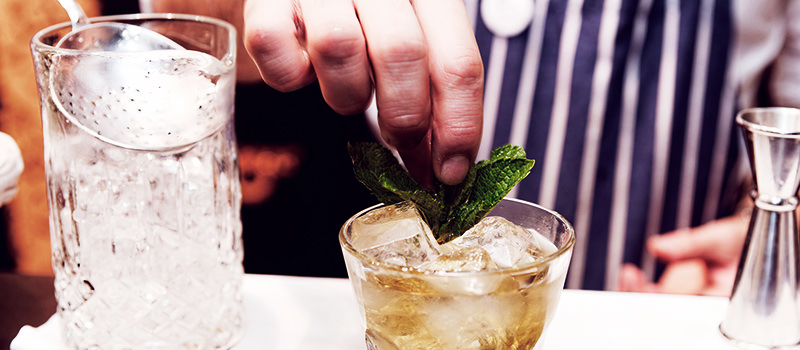 This is kind of a litmus test. These are standard cocktails that, while not always on-menu, should always be available to you. No, you can’t expect all craft cocktail bartenders (we refuse to say mixologists) to be able to make every cocktail you’ve ever had in your life. But good bartenders have trained in their craft and should be able to make just about all of the classics.
This is kind of a litmus test. These are standard cocktails that, while not always on-menu, should always be available to you. No, you can’t expect all craft cocktail bartenders (we refuse to say mixologists) to be able to make every cocktail you’ve ever had in your life. But good bartenders have trained in their craft and should be able to make just about all of the classics.
The Ice Is Nasty
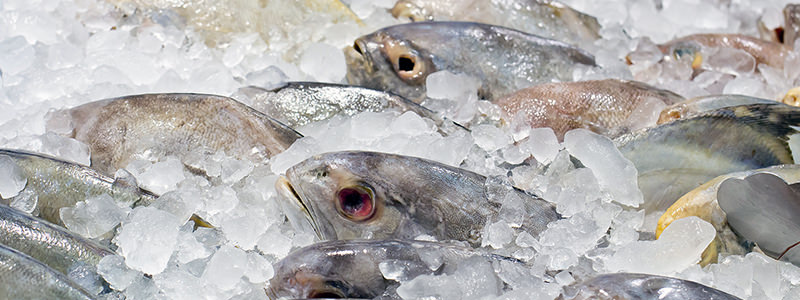 The ice shouldn’t look like you made it at home, unless you’re really good at making ice, that is. Beautiful ice is pretty much a staple at a craft cocktail bar. It shouldn’t be murky or look like it came from a fridge ice maker. This is for two reasons: one, bad ice can make the drink taste eh, and two, ugly ice messes up the aesthetics of the drink. Aesthetics matter – they show that the bar cares about presentation, which is key. A bar that doesn’t care much for visuals should not be held in the ranks of other craft cocktail bars.
The ice shouldn’t look like you made it at home, unless you’re really good at making ice, that is. Beautiful ice is pretty much a staple at a craft cocktail bar. It shouldn’t be murky or look like it came from a fridge ice maker. This is for two reasons: one, bad ice can make the drink taste eh, and two, ugly ice messes up the aesthetics of the drink. Aesthetics matter – they show that the bar cares about presentation, which is key. A bar that doesn’t care much for visuals should not be held in the ranks of other craft cocktail bars.
There’s Some Serious Shade
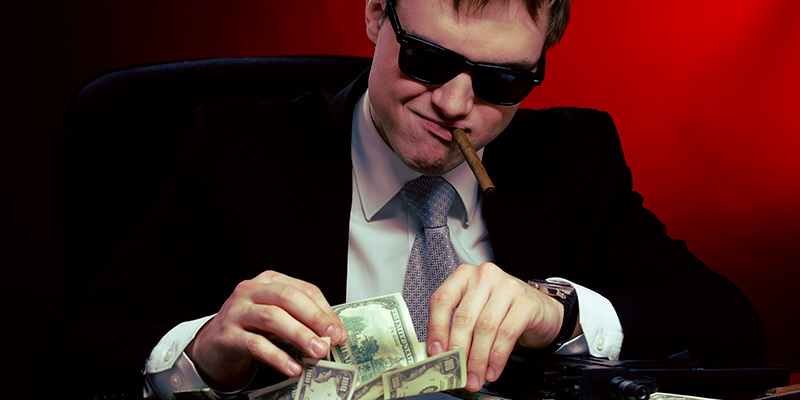 Are the bartenders filling up top shelf liquor bottles with water? Are there cockroaches everywhere? Does your drink taste like arsenic? These are all hyperbolic examples, of course, but you get my point. If something feels weirdly off, leave. This isn’t a craft cocktail inside joke. You may be drinking at a mafia front.
Are the bartenders filling up top shelf liquor bottles with water? Are there cockroaches everywhere? Does your drink taste like arsenic? These are all hyperbolic examples, of course, but you get my point. If something feels weirdly off, leave. This isn’t a craft cocktail inside joke. You may be drinking at a mafia front.
Images via BigStock

